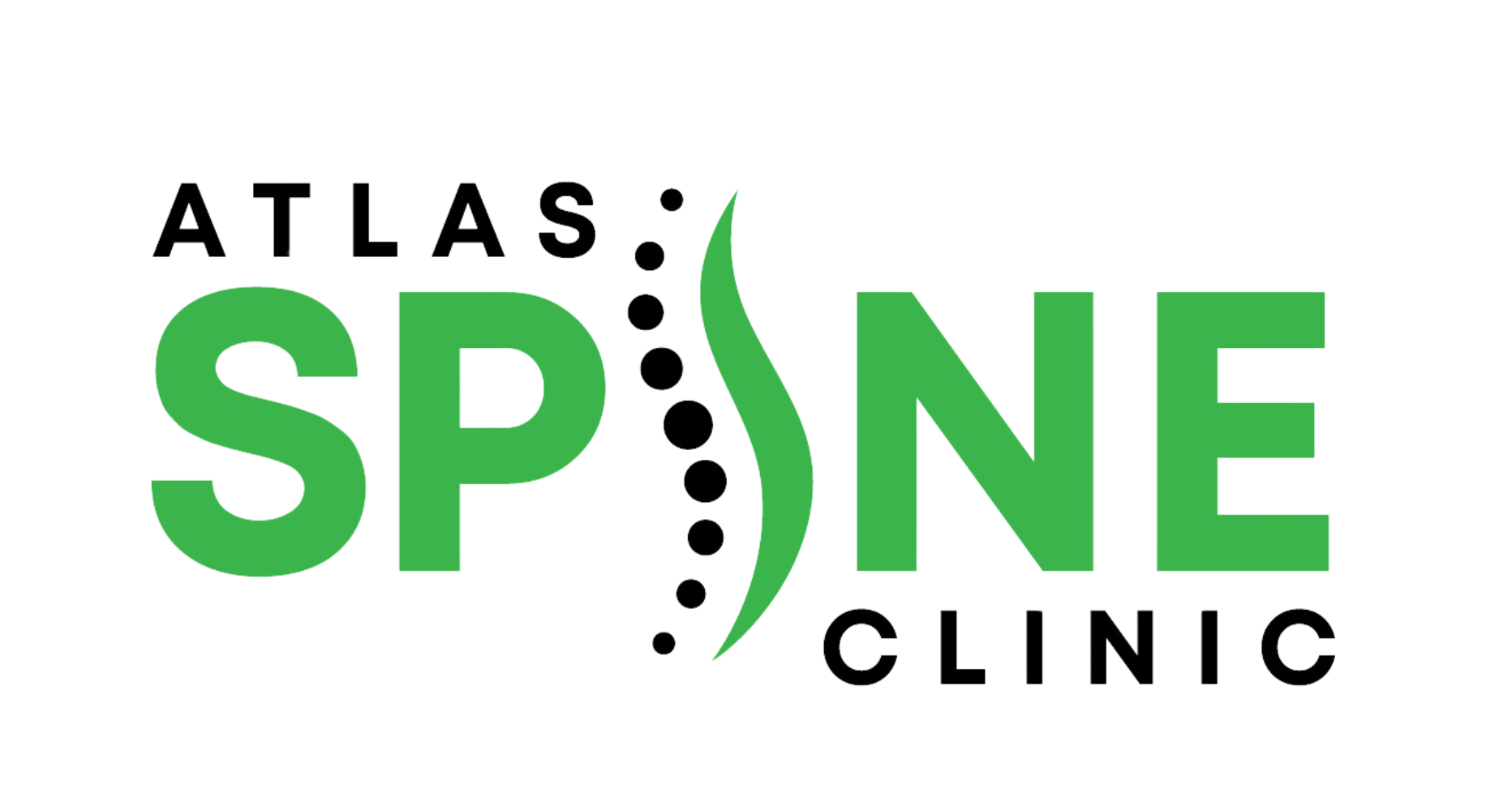Pelvic floor physiotherapy is a specialized treatment that helps strengthen and restore the pelvic floor muscles, which support the bladder, bowel, and reproductive organs. Weak or tight pelvic muscles can lead to issues like leakage, pain, or discomfort, affecting daily life.
This therapy is beneficial for both men and women, especially those recovering from childbirth, surgery, or dealing with chronic pelvic pain. In this guide, we’ll explore what pelvic floor physiotherapy is, how it works, and who can benefit from it.
Conditions Treated by Pelvic Floor Therapy
Pelvic floor physiotherapy helps with a variety of pelvic health issues caused by weak, tight, or uncoordinated pelvic muscles. Here are some common conditions it can treat:
- Urinary Incontinence
Struggling with leaks while coughing, sneezing, or exercising? This happens when the pelvic floor muscles are too weak to control the bladder. Physiotherapy strengthens these muscles, reducing both stress and urge incontinence.
- Pelvic Organ Prolapse
When pelvic organs (like the bladder, uterus, or rectum) drop due to weak support muscles, it can cause discomfort, pressure, or a bulging sensation. Therapy helps strengthen and stabilize the area, preventing symptoms from worsening.
- Chronic Pelvic Pain
Ongoing pelvic pain, pressure, or discomfort may result from muscle tightness, scar tissue, or nerve issues. Physiotherapy helps release tension and improve mobility, reducing pain over time.
- Postpartum Recovery
Pregnancy and childbirth weaken or stretch pelvic floor muscles, leading to issues like incontinence, prolapse, and core instability. Physiotherapy supports faster recovery and helps new mothers regain strength.
- Sexual Dysfunction
For both men and women, pelvic muscle dysfunction can cause pain during intercourse (dyspareunia), erectile dysfunction, or reduced sensation. Therapy improves blood flow, muscle coordination, and relaxation, enhancing comfort and function.
- Constipation & Bowel Disorders
Difficulty with bowel movements, chronic constipation, or fecal incontinence can stem from pelvic floor dysfunction. Therapy teaches relaxation and coordination techniques to improve control and function.
Types of Treatment Techniques Pelvic Floor Therapy
Pelvic floor physiotherapy uses a variety of specialized treatment techniques to restore muscle strength, flexibility, and coordination. The right approach depends on whether the muscles need strengthening, relaxation, or retraining. Below are the most common techniques used in pelvic floor therapy:
- Manual Therapy
Manual therapy is a hands-on technique where the physiotherapist applies gentle pressure and stretching to the muscles, joints, and connective tissues in the pelvic region.
How It Works:
- The therapist may use external or internal techniques to release tight muscles and reduce restrictions on the pelvic floor.
- This improves circulation, mobility, and muscle coordination, helping to ease discomfort and pain.
Benefits:
✔️ Reduces chronic pelvic pain and tension.
✔️ Improves blood flow for better muscle function.
✔️ Helps with painful intercourse (dyspareunia).
✔️ Eases tight pelvic muscles that contribute to urinary issues.
- Electrical Stimulation
Electrical stimulation uses mild, controlled electrical currents to activate weak or inactive pelvic floor muscles. It’s handy for individuals who have trouble engaging their pelvic muscles on their own.
How It Works:
- Small electrodes are placed externally or internally, sending low-frequency impulses to stimulate the muscles.
- This process trains the muscles to contract correctly, improving their strength and responsiveness.
Benefits:
✔️ Strengthens weak pelvic muscles for better bladder and bowel control.
✔️ Helps individuals with nerve damage or very weak muscles regain function.
✔️ Improves muscle coordination, reducing symptoms of prolapse and incontinence.
✔️ Provides pain relief by blocking pain signals from overactive nerves.
- Pelvic Floor Exercises (Kegels & More)
Pelvic floor exercises include a range of targeted movements designed to either strengthen or relax the pelvic muscles, depending on the patient’s condition.
How It Works:
- If the muscles are too weak, exercises like Kegels help by contracting and releasing the pelvic muscles.
- If the muscles are too tight, the therapist may teach reverse Kegels or relaxation techniques to release tension.
Benefits:
✔️ Improves bladder and bowel control (reduces leaks and urgency).
✔️ Enhances sexual function by increasing muscle tone.
✔️ Helps with postpartum recovery by strengthening stretched muscles.
✔️ Reduces pelvic organ prolapse symptoms.
- Biofeedback Therapy
Biofeedback therapy is a non-invasive technique that helps patients become aware of how their pelvic muscles work and learn to control them more effectively.
How It Works:
- Sensors are placed externally or internally, and a screen displays real-time data on muscle activity.
- Patients receive instant feedback, helping them understand if they are using the muscles correctly.
Benefits:
✔️ Helps patients who struggle with identifying or engaging pelvic muscles.
✔️ Improves muscle coordination, making exercises more effective.
✔️ Provides a visual representation of progress, boosting motivation.
✔️ Useful for treating incontinence, prolapse, and bowel dysfunction.
Benefits of Pelvic Floor Therapy
- Improved Bladder & Bowel Control
✔️ Urinary incontinence (leakage during activities like coughing or sneezing).
✔️ Overactive bladder (frequent urgency to urinate).
✔️ Bowel dysfunction (constipation or fecal incontinence).
- Relief from Chronic Pelvic Pain
✔️ Manual therapy to release muscle tension.
✔️ Stretching and relaxation techniques to reduce spasms.
✔️ Breathing exercises to ease pelvic floor tightness.
- Faster Postpartum & Post-Surgical Recovery
✔️ Strengthen muscles after childbirth.
✔️ Reduce postpartum symptoms like urinary leaks and prolapse.
✔️ Restore pelvic stability and core strength after surgery.
- Reduced Risk & Management of Pelvic Organ Prolapse
✔️ Strengthen and support the pelvic organs, reducing symptoms.
✔️ Help prevent the progression of mild prolapse.
✔️ Teach proper lifting techniques to avoid further strain.
- Enhanced Sexual Function & Comfort
✔️ Blood circulation and muscle flexibility, reducing pain.
✔️ Muscle coordination, enhancing sexual function.
✔️ Confidence and relaxation, making intimacy more comfortable.
- Better Core Strength & Posture
✔️ Improve posture and spinal alignment.
✔️ Reduce lower back pain caused by weak core muscles.
✔️ Enhance balance and stability for everyday movements.
- Increased Quality of Life & Confidence
✔️ Fewer daily disruptions from bladder or bowel issues.
✔️ Less discomfort and pain during movement or intimacy.
✔️ More confidence in physical activities, from workouts to daily tasks.
When to Seek Help and How to Find a Specialist?
Many people struggle with pelvic floor issues without realizing that effective treatment exists. If you’re experiencing discomfort, loss of control, or disruptions in daily activities, pelvic floor physiotherapy can help. But when should you seek professional help?
Signs You Should See a Pelvic Floor Therapist
You may benefit from pelvic floor physiotherapy if you experience:
- Bladder control issues
Frequent urination, urgency, or leakage during physical activity.
- Bowel problems
Chronic constipation, fecal incontinence, or difficulty controlling bowel movements.
- Pelvic pain
Unexplained pain in the lower abdomen, hips, or lower back.
- Pain during intercourse
Discomfort or tightness that affects intimacy.
- Postpartum symptoms – Weakness, incontinence, or a heavy feeling in the pelvic area after childbirth.
- Pelvic organ prolapse symptoms – Pressure, bulging, or discomfort in the pelvic area.
- Post-surgical recovery needs – After prostate surgery, hysterectomy, or abdominal procedures.
Ignoring these symptoms can lead to worsening conditions, so it’s best to seek help early.
Wrapping Up
Pelvic floor issues are common, but they don’t have to be a lifelong struggle. Whether you’re dealing with discomfort, bladder control issues, or postpartum changes, pelvic floor physiotherapy can help restore strength and function.
Addressing these concerns early can lead to better comfort, mobility, and overall well-being. If you’re experiencing symptoms, consider speaking with a pelvic health specialist to explore your options.
For more information on pelvic floor therapy, visit Atlas Spine Clinic.






